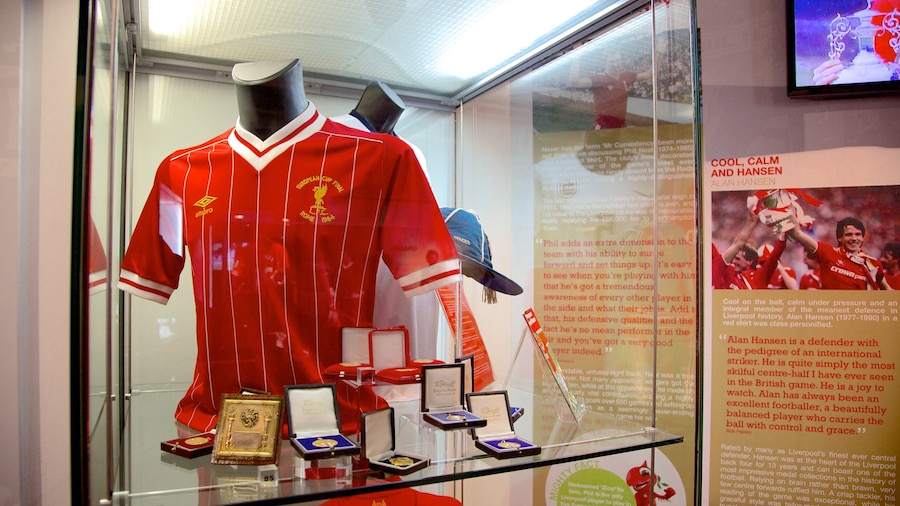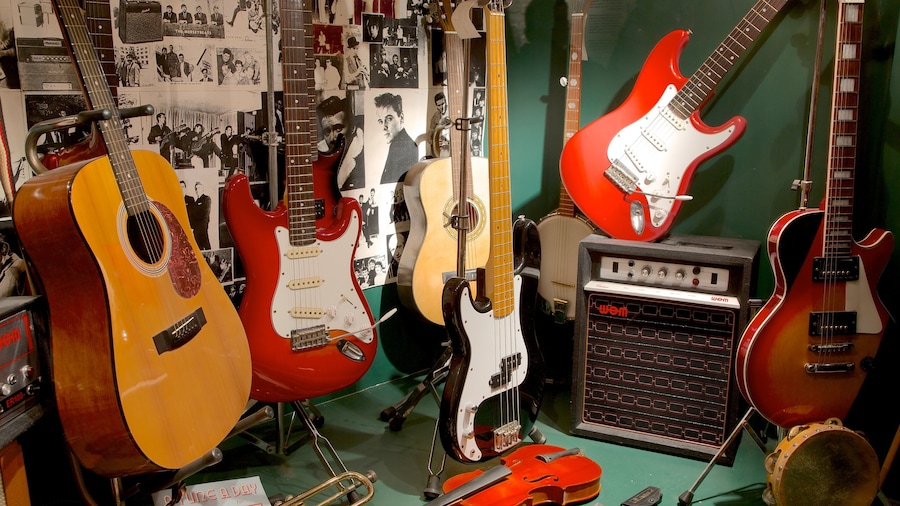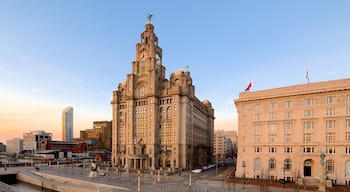The Georgian Quarter comprises a grid of majestic terraced houses built in the 19th century. The historic churches and museums that line these lavish streets reflect the riches of Liverpool at the time they were built. Take part in a walking tour through this residential zone for a better understanding of its architectural history.
Stroll along acclaimed Hope Street for some of the city’s most iconic landmarks. Marking its southern end is the Gothic masterpiece of Liverpool Cathedral, which is one of the largest in Europe. Visit the church and pass through the leafy gardens. Back on the street, stop for a meal in one of the street’s chic restaurants that serve modern cuisine.
Appreciate the art deco design of Liverpool Philharmonic concert hall, where you can attend recitals and cinema screenings. At Hope Street’s northern end, you’ll find the Everyman Theatre, Liverpool John Moores University and Liverpool Metropolitan Cathedral, which is recognizable by its futuristic aesthetic. Take the cathedral’s Tower Tour for stunning views of the surrounding area.
In the southern part of the Georgian Quarter is the Liverpool Institute for Performing Arts, founded by Sir Paul McCartney. Head next door to the Hardmans’ House, which served as the studio and home of famous Irish photographer E. Chambré Hardman. Study the collection of photos of the locals and the city of Liverpool. Nearby stand the imposing columns and pediment of St. Bride’s Church.
As you wander through the district, take a break at a traditional Georgian pub and try the local ales. Join a ghost walk to hear about some of Liverpool’s most haunted buildings. Other highlights include the Al Rahma Masjid mosque and Falkner Square Gardens.
The Georgian Quarter is in the Canning area in the southeastern corner of Liverpool’s city center. Arrive at Liverpool Central railway station and walk southeast for a few minutes to get here. Explore the outskirts of the district for such landmarks as the Williamson Tunnels Heritage Center and Garstang Museum of Archaeology.






















